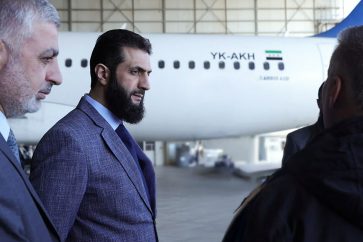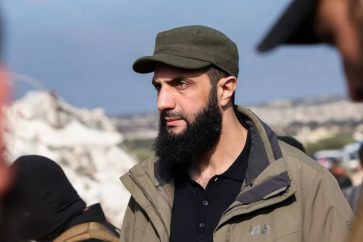More than 16 years into the Afghanistan war, the United States and its NATO allies wrangled anew on Thursday over how to meet the need for more troops to counter the resurgent Taliban and help the Afghan forces break a stalemate in the fight.
At a meeting in Brussels, NATO agreed to send more forces in response to commanders’ requests for as many as 3,000 troops to train and work alongside Afghan security forces. That number does not include an expected contribution of almost 4,000 American forces, divided between the NATO mission and America’s counterterrorism operations against Taliban, al-Qaeda and ISIL militants in Afghanistan.
NATO Secretary-General Jens Stoltenberg said 15 countries “have already pledged additional contributions.” He expected more commitments to come, but confusion about America’s plans may have held back some countries.
Considering that Britain said it would contribute a bit less than 100 troops in a noncombat role, it’s unclear how NATO will muster several thousand new forces. To hit that mark, the other allies would need to average more than 100 troops each. Britain is the alliance’s most powerful member aside from the US, though Germany contributes the second most forces.
“We’re in it for the long haul. It’s a democracy,” British Defense Secretary Michael Fallon said, referring to Afghanistan. He said the Afghans “asked for our help and it’s important that Europe responds,” and said extremist groups there a threat to Western Europe.
European nations and Canada have been waiting to hear what US Defense Secretary Jim Mattis will offer or seek from them. US leaders haven’t publicly discussed troop numbers yet as they complete a broader, updated military and diplomatic strategy for the war.
Stoltenberg said what happens on the battlefield will affect the diplomatic strategy, adding that as long as the Taliban believe they can win, they will not negotiate.
Source: AP




